The artist rekindling our relationship with flora
Laara Cerman creates photos, sculptures and interactive experiences to help people get past their plant blindness and learn to really see.
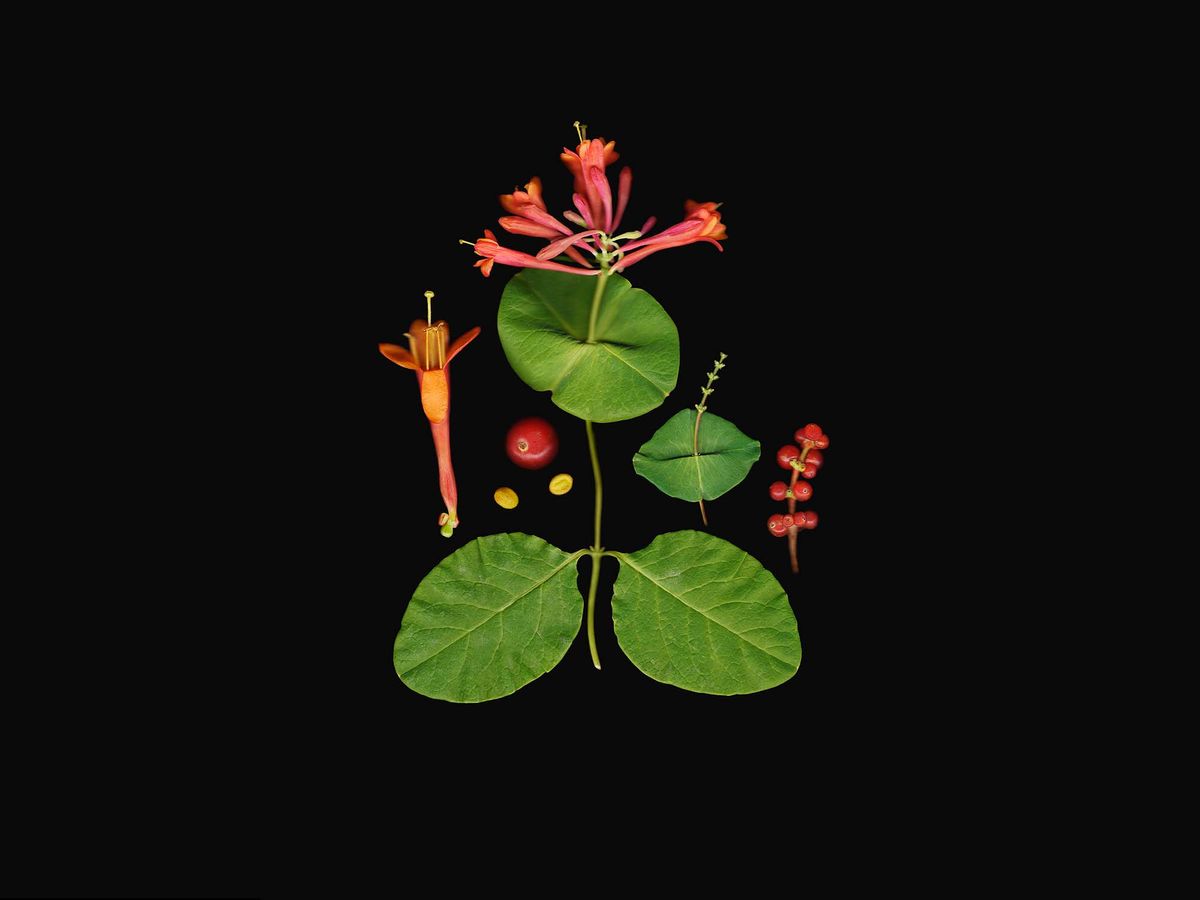

When visitors enter the Richmond Cultural Centre in Richmond, B.C., they are greeted by a glimpse of the greener landscape that could have been, if not for the concrete they’re standing on. Forest Floor is a completed piece by artist Laara Cerman, one of the runners-up of the Rewilding Arts Prize, that comprises nine vinyl panels arranged in a circle at the foot of the curved staircase in the centre’s rotunda. Each panel depicts native plant species found in coastal British Columbia, magnified about eight times their actual size so that viewers can see these trailing yellow violets, blackberries, ferns and moss in stunning clarity.
“I wanted to create something where it felt like the ground was coming up through the original ground,” Cerman says – “or maybe the future ground as if the building didn’t exist.”
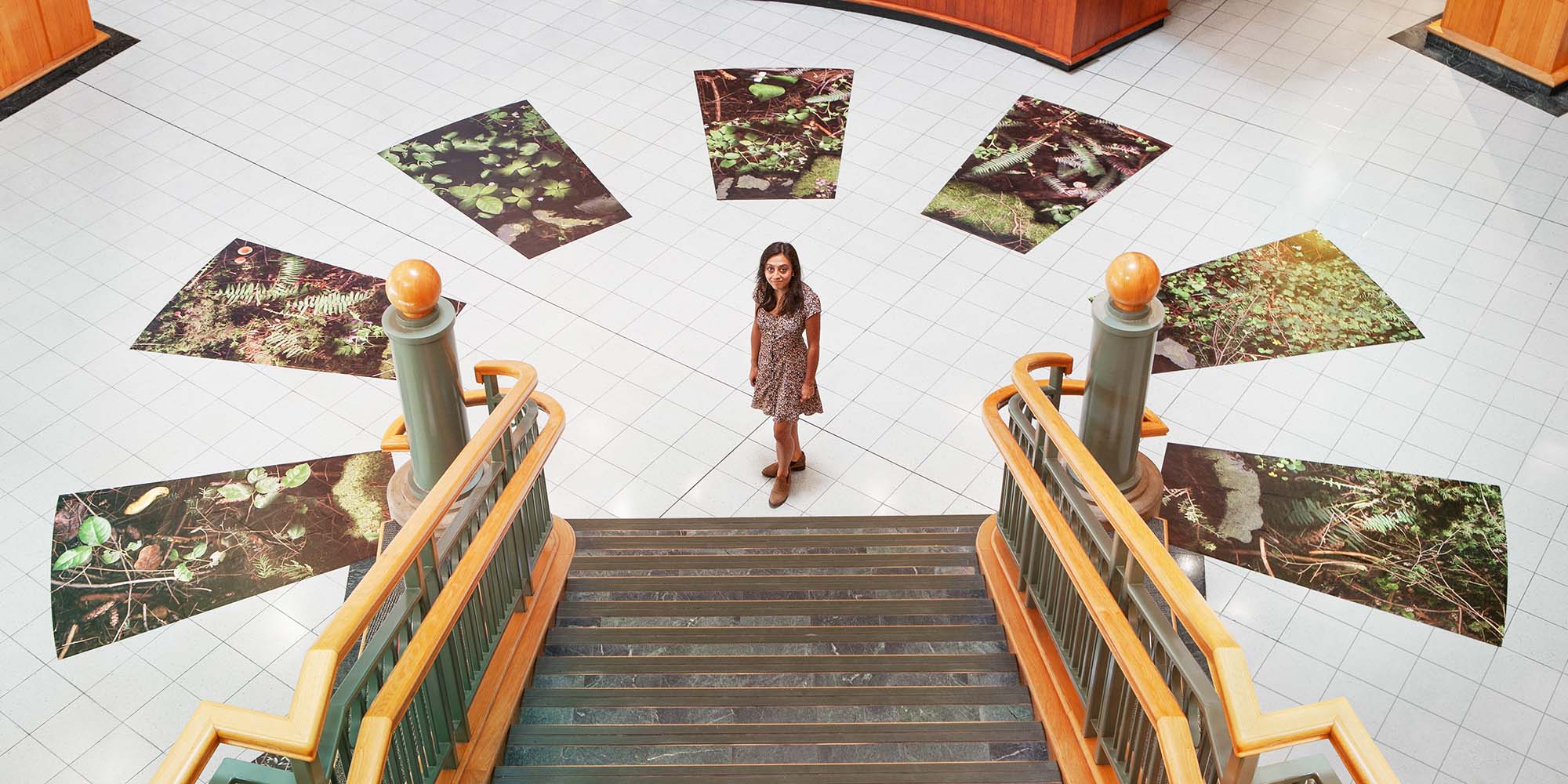
To create this piece she spent almost two months going out into the forest with her office flatbed scanner to capture different sections of the undergrowth, and then back home to her computer to stitch them together. This is how she carries out much of her work: carefully propping her scanner over the plants then throwing a sheet of velvet overtop to keep out exterior light. The result is a hyper-realistic macro image of flora, carefully edited together and uniformly lit by the scanner light bar.
Cerman probably has 10,000 scans of plant specimens at home that she has been painstakingly researching and cataloguing. By now, she’s intimately familiar with her plant subjects; she knows them not only by name, but also by their growing patterns.
When she mentions the trillium, Ontario’s provincial flower, for example, she nods pointedly through her monitor to me in my Toronto office, as if it is a mutual friend that we both know.
“If you pick it, it doesn’t grow back. And they take like six years to grow from seed,” she says. So she balanced her scanner on top of chopsticks, took the shot, and left the trilliums in peace.
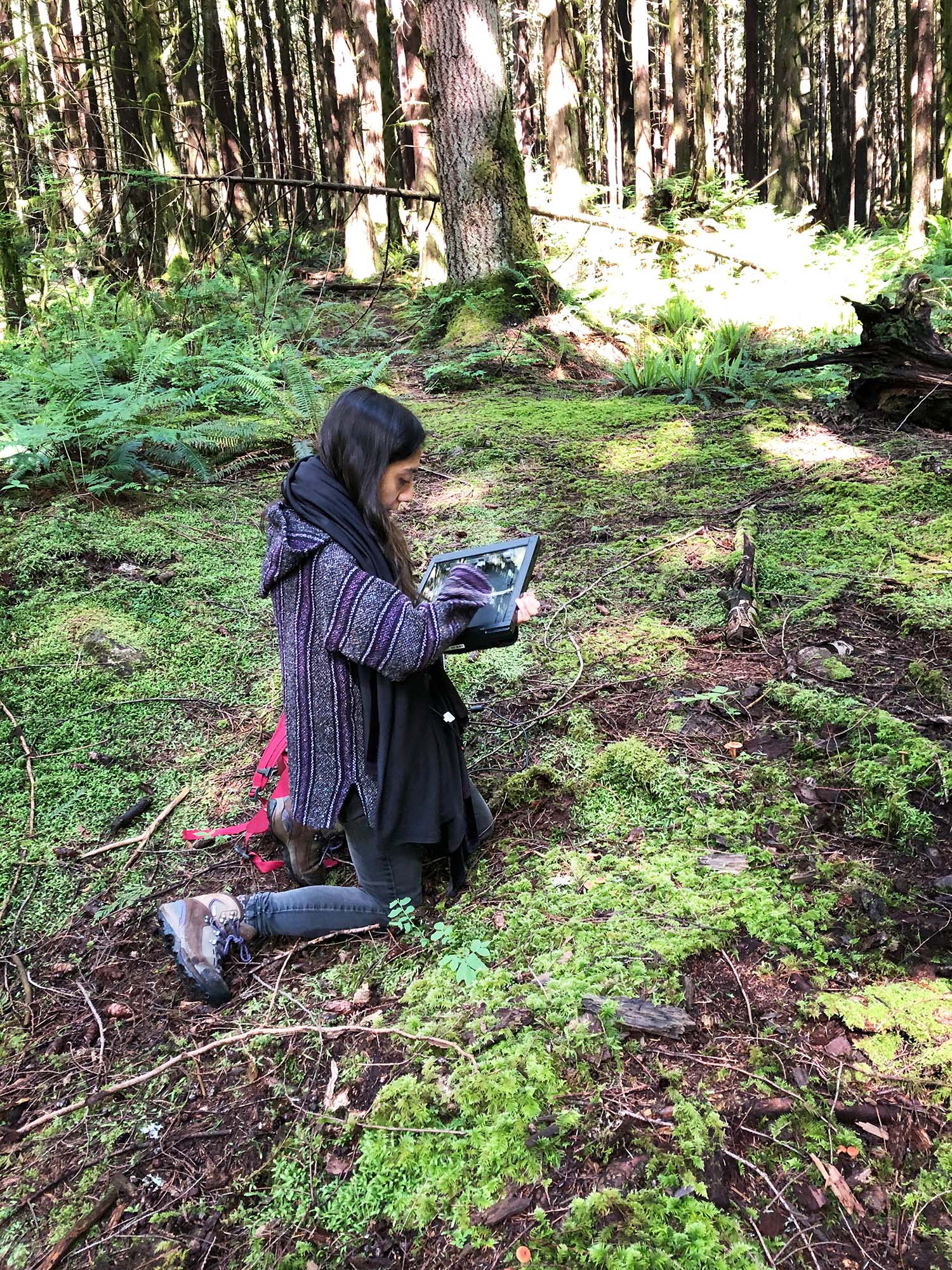
Laara Cerman’s evolution into an artist and plant portraitist started the way many of her subjects do: from seed, growing slowly and solidly as it consumed more and more ground over time.
In 2003, she watched the documentary “The Corporation”. At the time, she was working as a Photoshop retoucher with an advertising photographer.
“There was a woman [in the documentary],” says Cerman. “At one point, she said that children can identify more brands than they can identify trees.”
It dawned on her at that moment that she didn’t know any plants or trees, nor anyone who could teach her about them. She went out and bought a field guide to Vancouver’s local flora to try to learn about them on her own.
As her interest in plants deepened, so did her art practice. A few years into working as a Photoshop retoucher, she felt a yearning to push her creative boundaries. She was already taking images of plants for her own records and to try to identify them – but now she was tracking them from seed to blooms, capturing the transformation from month to month.
“These images can take years to complete,” she says.
“The more I look at plants, the more I notice. The more I explore, I realize, the more I don’t know.”
She realises that even with her tens of thousands of scans, she probably hasn’t made a dent in cataloguing all of B.C.’s diverse flora. There are almost 60 million hectares of forest covering the province and just one Laara Cerman, clutching a scanner with limited battery span. But she’s trying.
When she first started this project, she would walk around the suburbs of Richmond, scanning meadows growing around land slated for redevelopment, invasive weeds overtaking the lawns of abandoned houses, and other forms of urban wilderness. Then she started venturing farther out with her scanner, going camping and exploring. This past May and June she went on a six-week road trip around northern B.C., scanning seaweed and moss on Haida Gwaii and in surrounding areas.
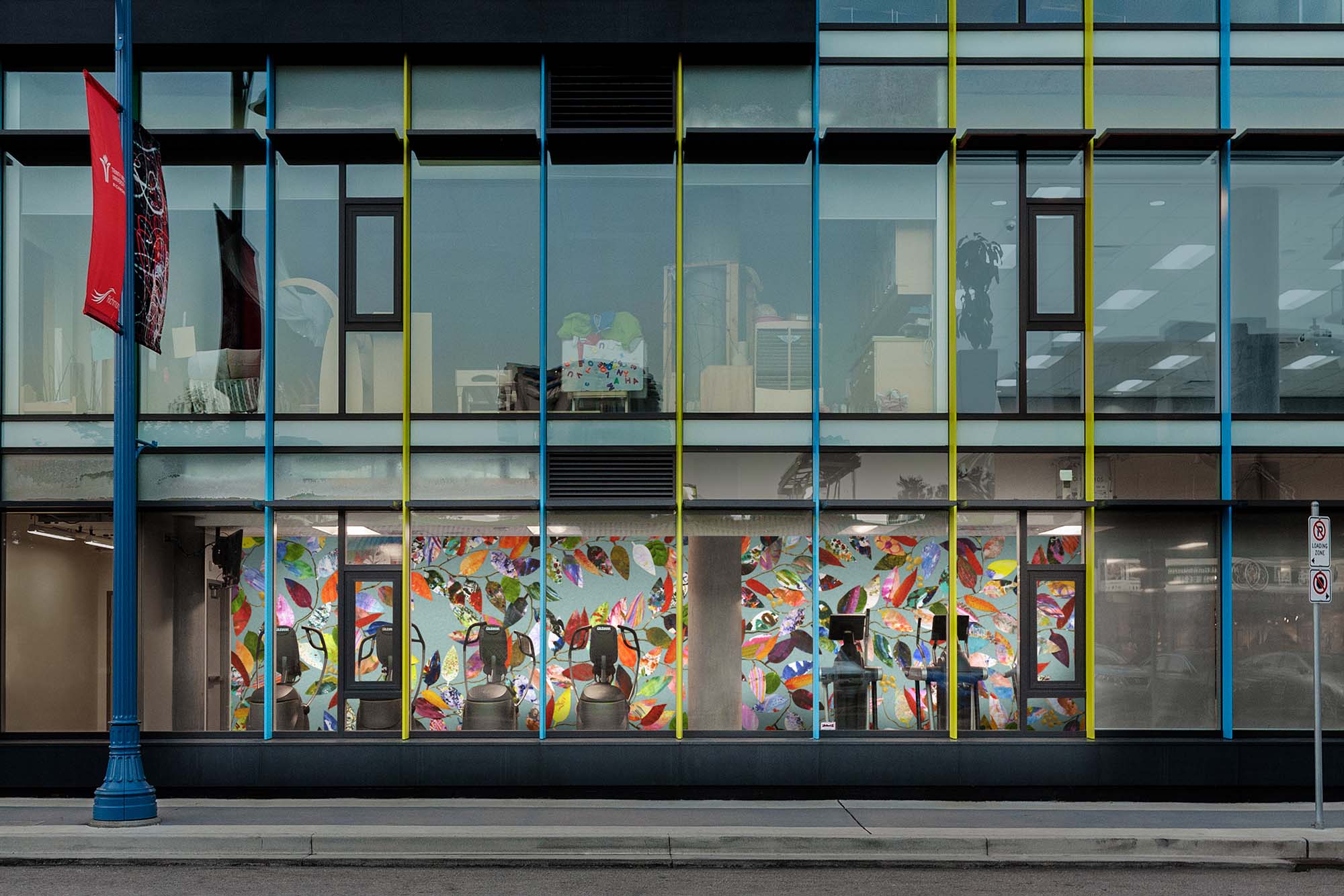
But she doesn’t just do scans. Take Root, which Cerman installed in 2018 for the City of Richmond, was her first piece of commissioned public art. It’s a vinyl mural almost 10 feet high and 45 feet wide on an interior wall of the City Centre Community Centre, created by taking sheets of abstract art drawn and painted by community members, cutting them into leaf shapes and arranging them into a vine pattern.
As part of this project, she led workshops in tea making and in basket weaving, using vines of English ivy. She also led a plant walk around nearby Minoru Park. All of these workshops were incorporated into the piece in some way: The ivy became the inspiration for her final mural design, some staghorn sumac leaves she picked during the plant walk were tucked into the vines of the piece, balls of wool that she dipped into tea from the workshop became olive-coloured berries on the mural.
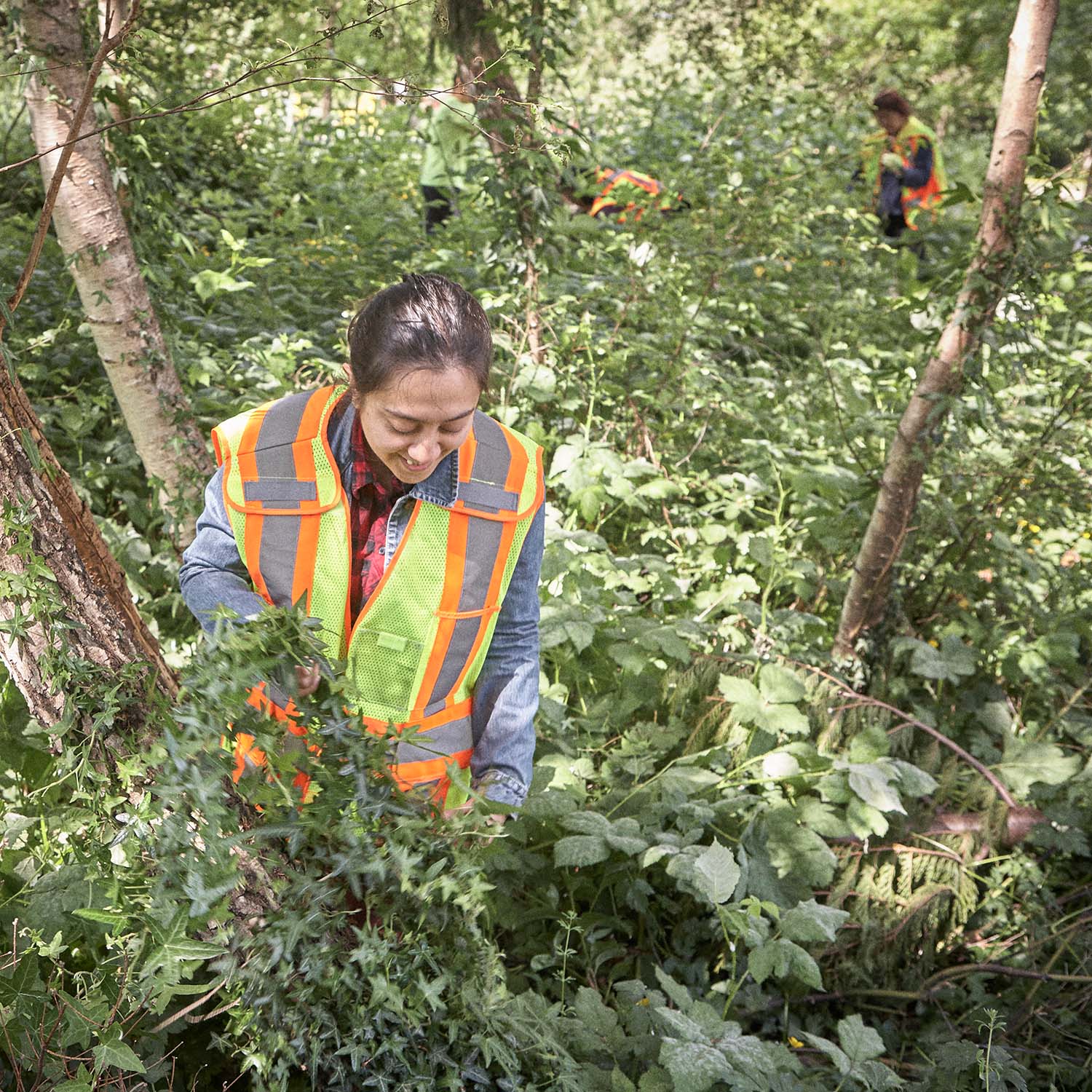
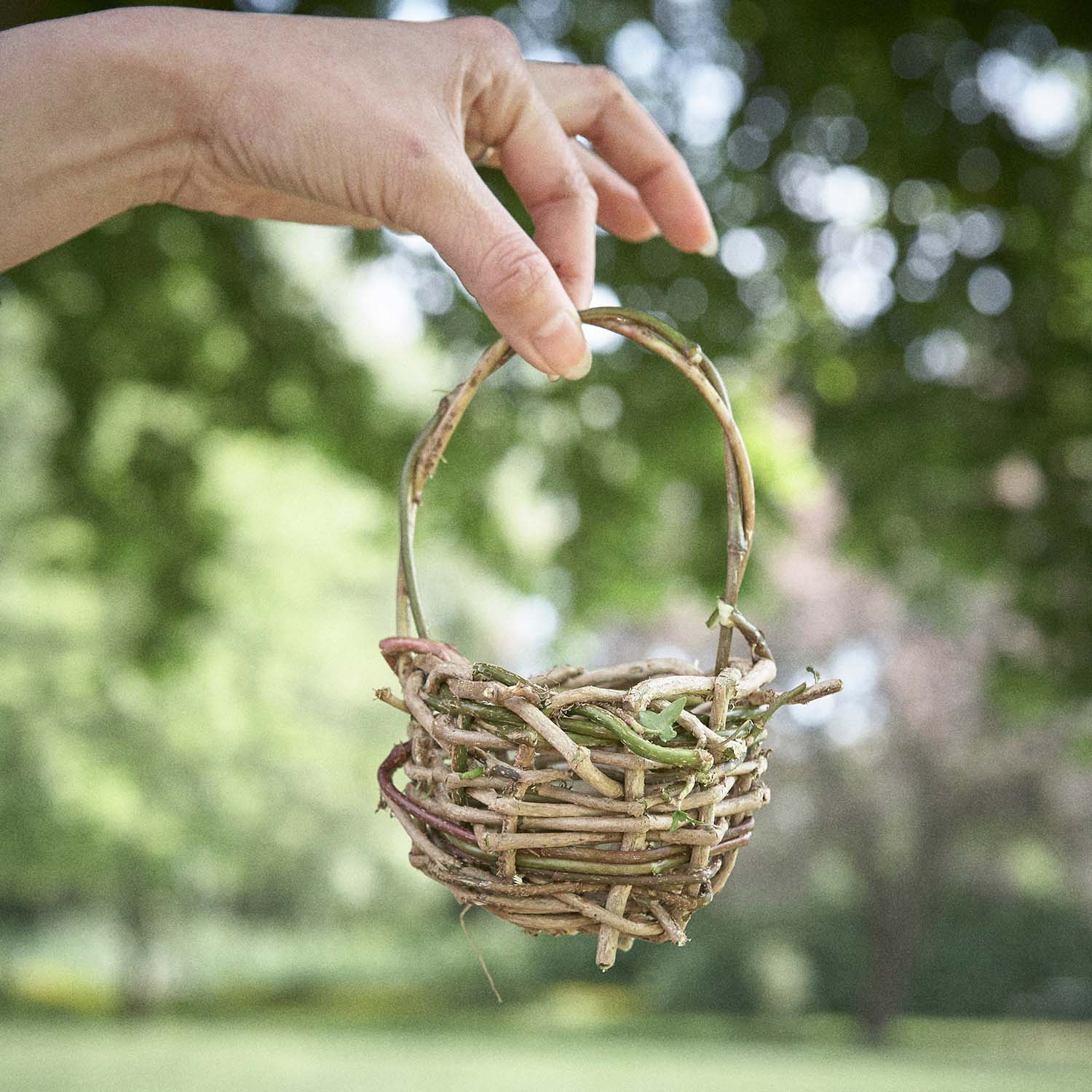
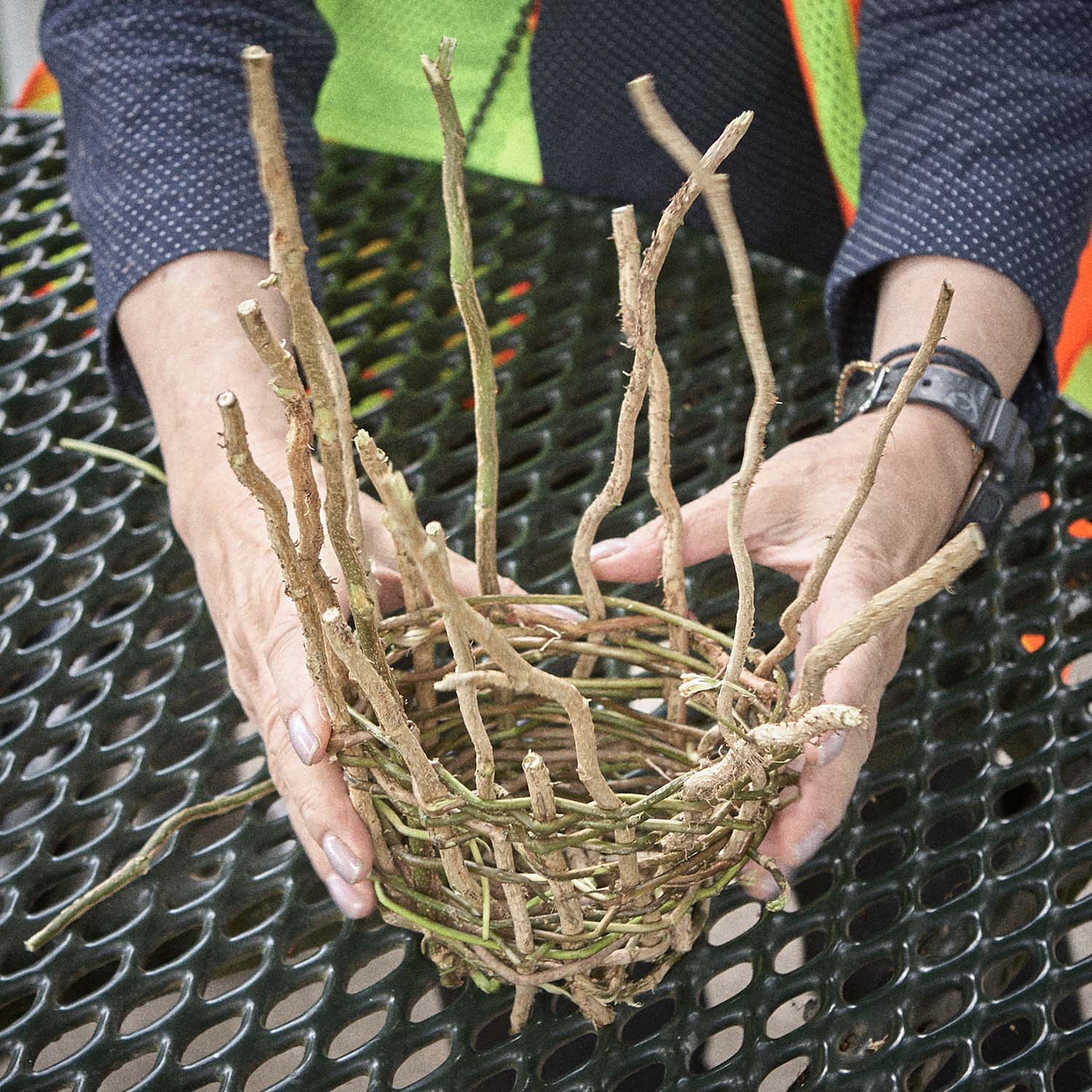
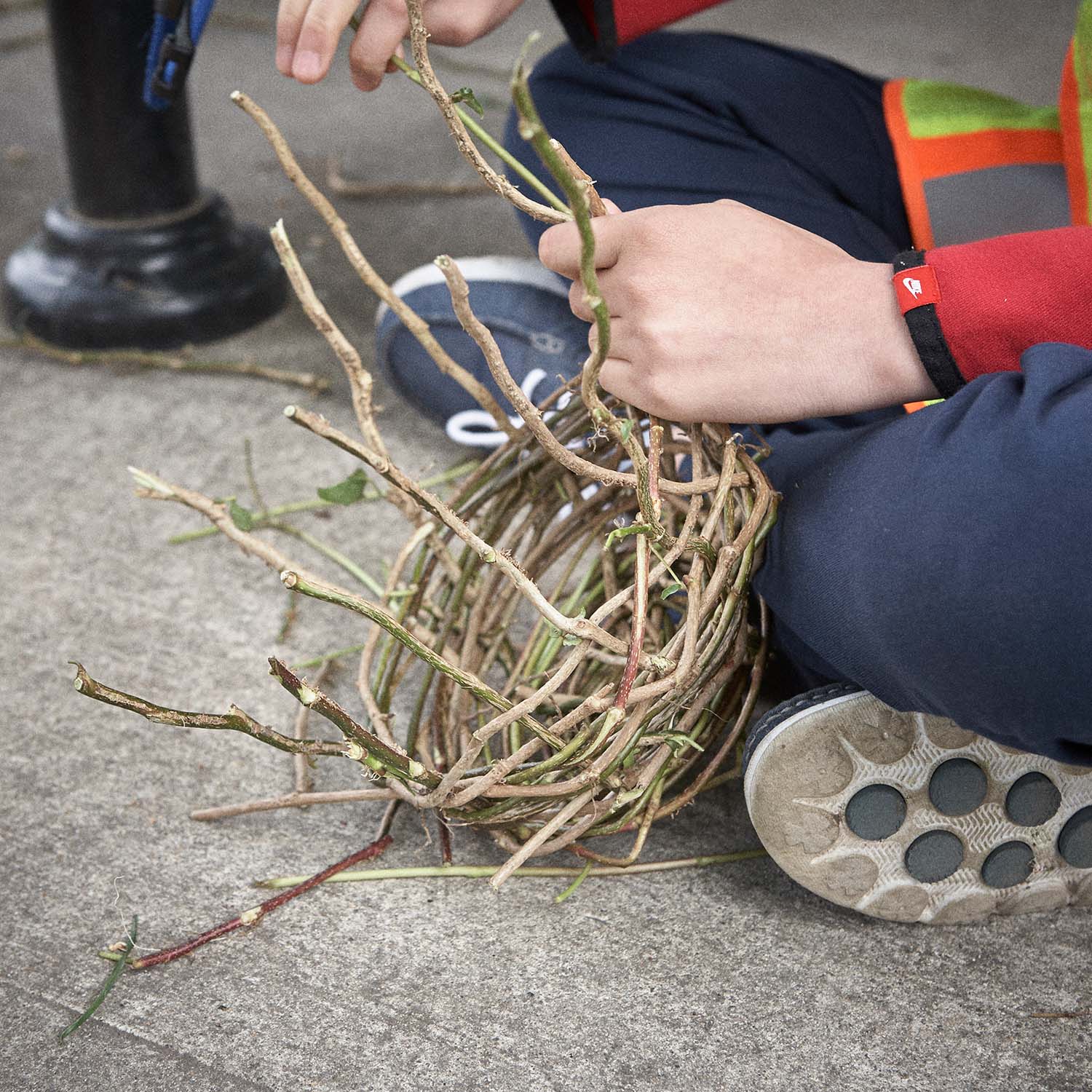
In the past two years, she’s experimented with fibre arts using natural botanical dyes, embroidering designs of her specimens, and even painting, using her scans as reference.
She talks about the trillium she’s growing in her garden. The other day she was trying to get a seed pod to scan before it could burst open, but was startled by an ant in the pod. Trilliums grow pockets of fat attached to their seeds called elaiosomes. The elaisomes lure the ants in, and the ants carry the seeds back to feed their larvae. In this way, ants actually help distribute the seeds.
“So, ants, I’m becoming more interested in,” she says. “My point is that the more I look at plants, the more I notice. The more I explore, I realize, the more I don’t know.”
Cerman’s got millions of hectares of B.C. forest left to explore. There’s enough in the observation of plants to cover a lifetime of artistic pursuits; a whole earth’s lifetime of artistic pursuits, in fact. The first published book of botanical illustrations, De materia medica, was produced sometime between 50 and 70 AD by a Greek botanist and physician named Dioscorides. Since then, the study of plants and visual art have existed in tandem, furthering research, global discovery and appreciation of the natural world around us.
“Some of the first printed materials were botanical books, teaching people about medicine and what’s growing around them,” she says. “It’s such an ancient thing, that we’ve always needed to know what’s growing around us. We need to know what’s alive.”
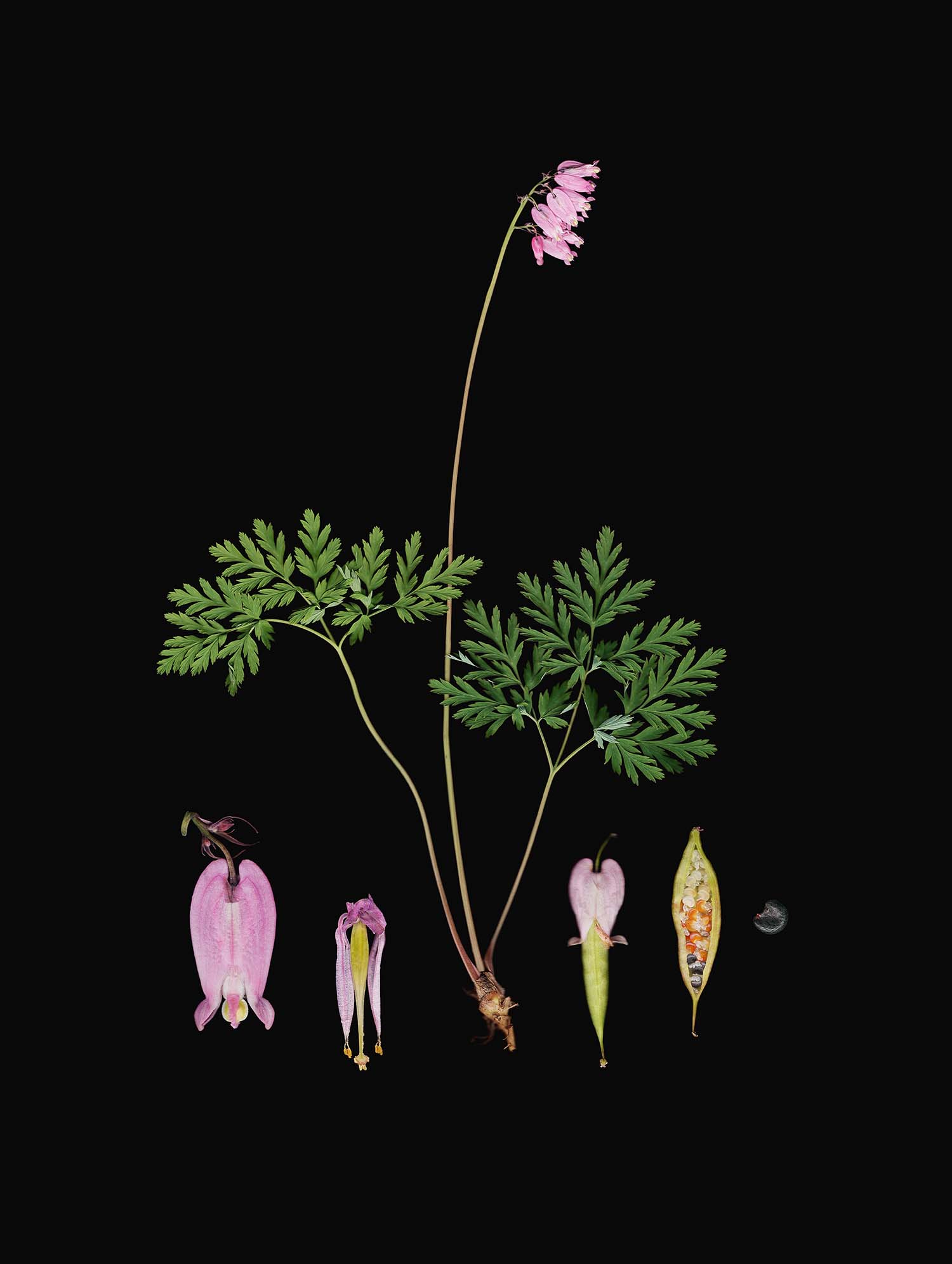
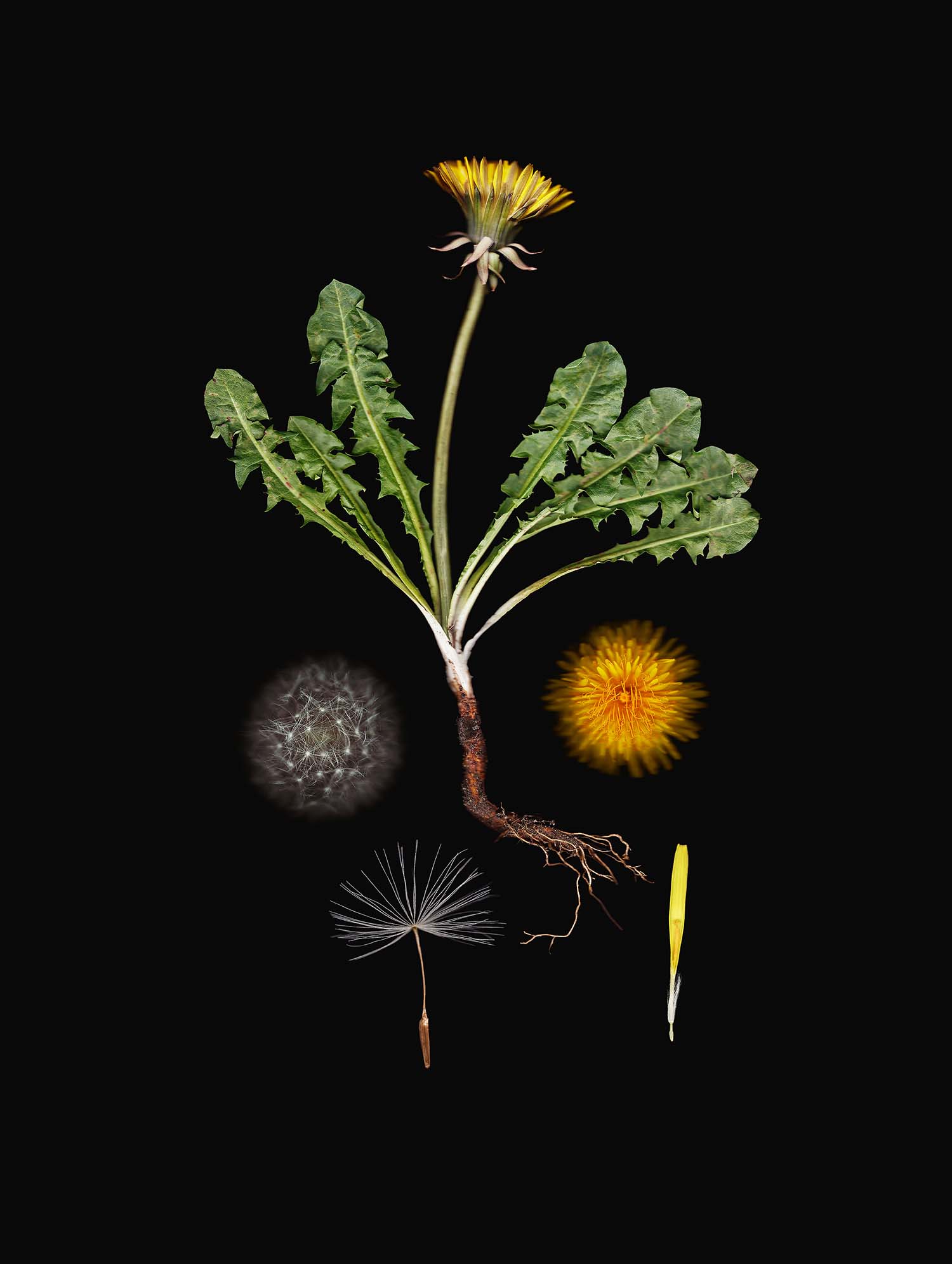
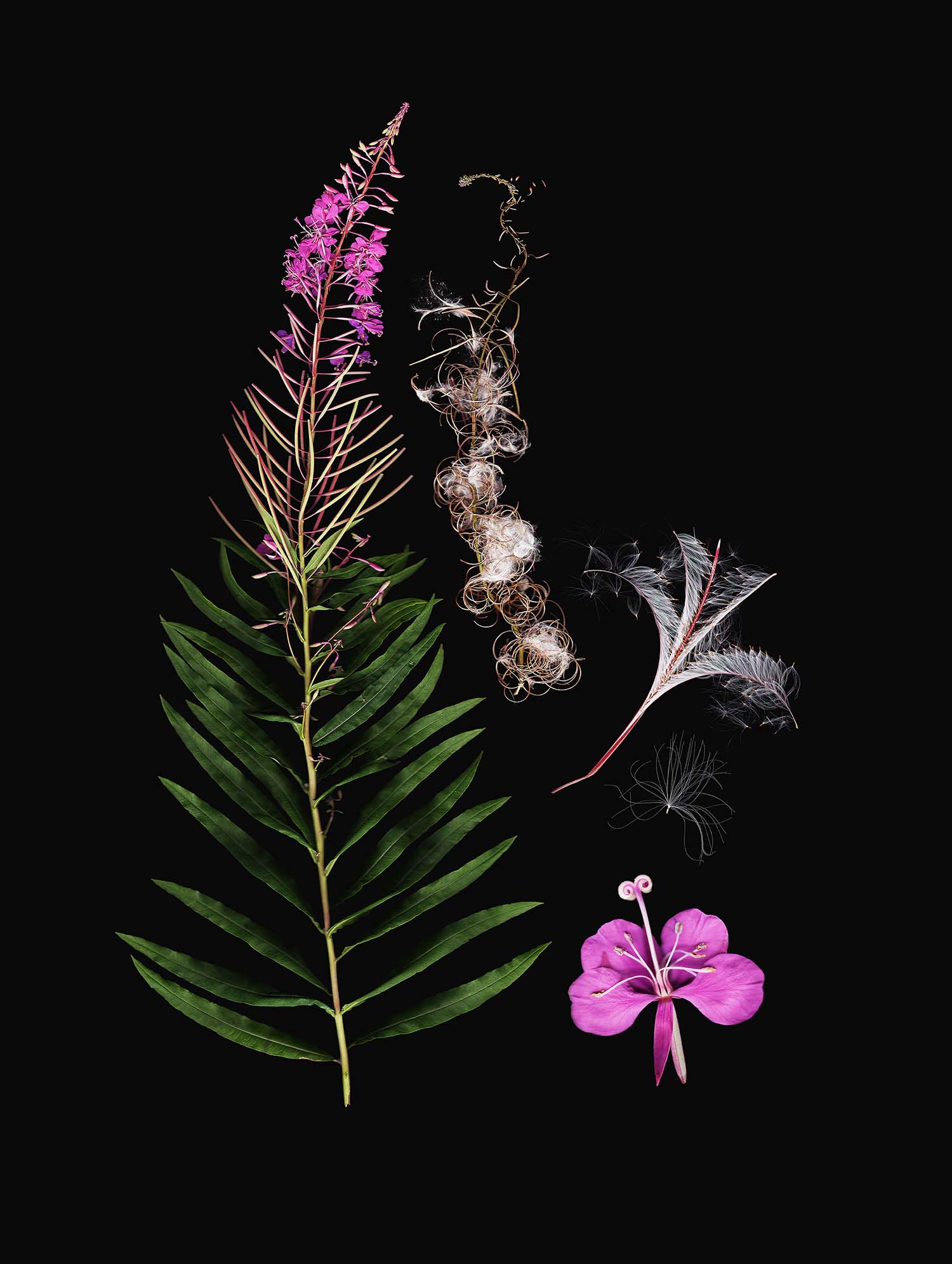
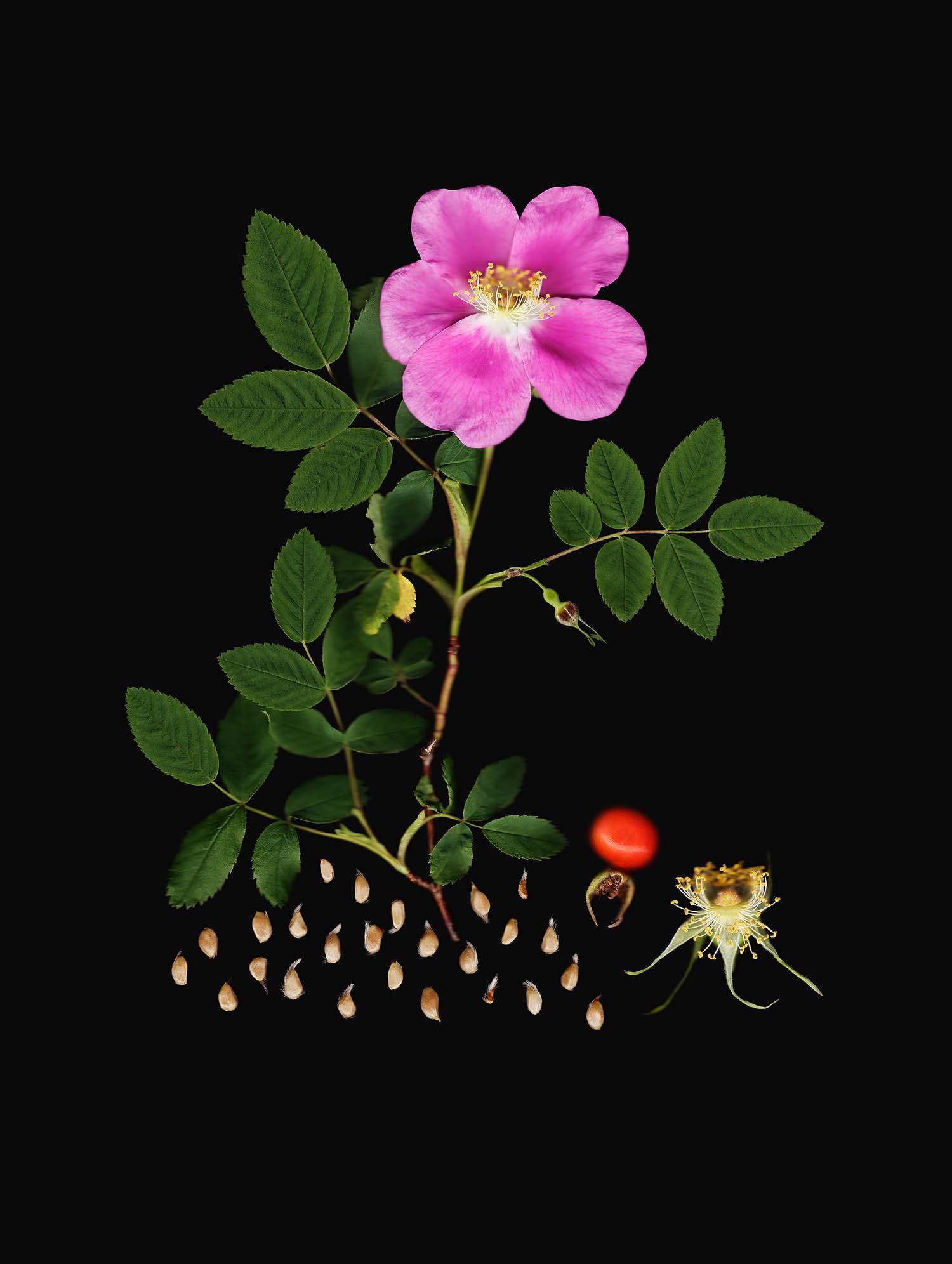
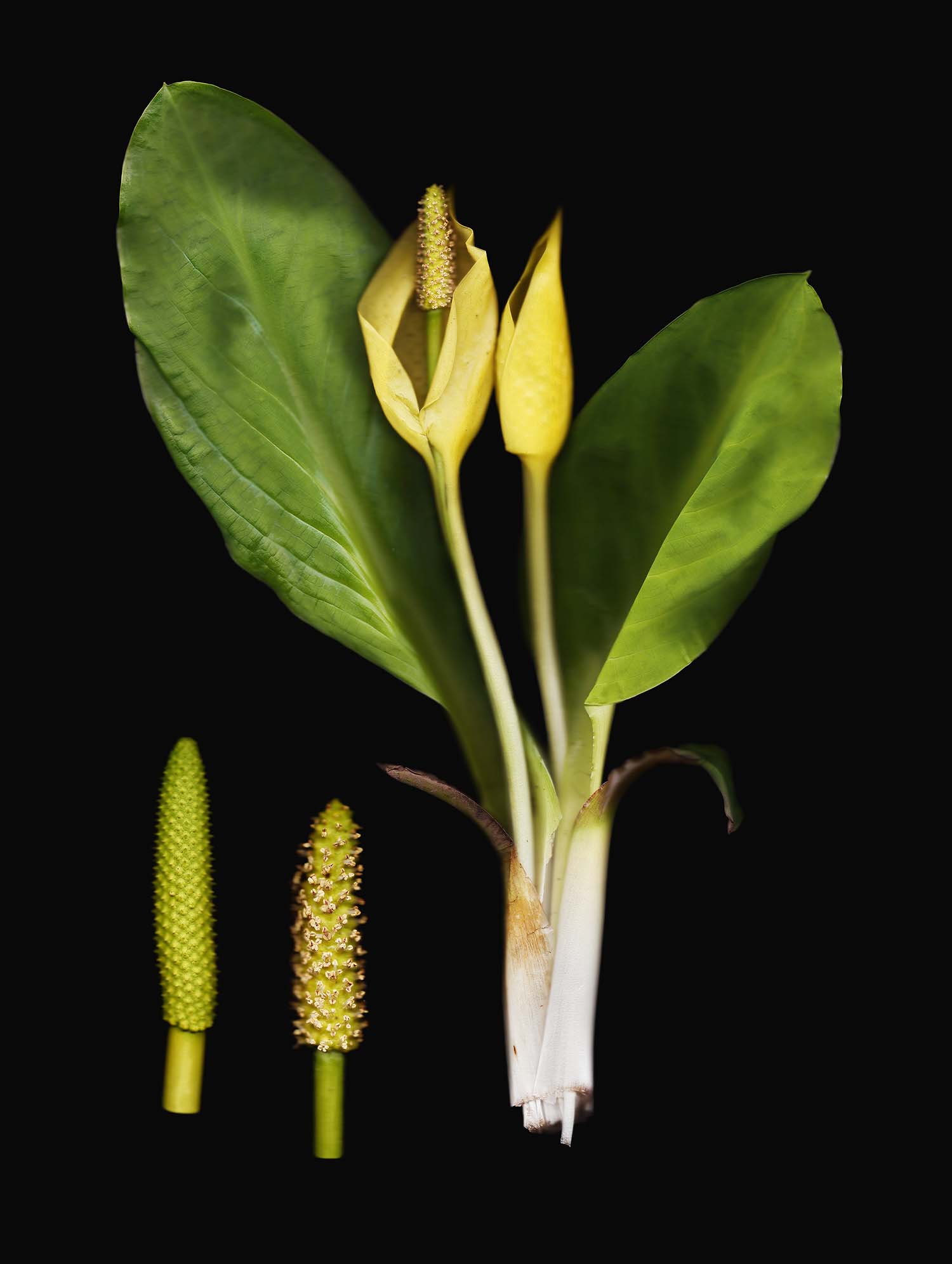
In 1853, British botanist Anna Atkins published the first ever book of photographic images. These cyanotypes of British algae are considered the first ever photographs to be produced by a woman.
One day 12 years ago, Laara Cerman picked up a different book of plants: a field guide to local flora. Now she can identify more plants than brands. She has collected more images of plant specimens than she’ll ever be able to print on her own. She hopes to eventually compile some of them into a book, too – a project she considers to be her life’s work.
But until that happens, she’s just roaming the wilderness around her, driven by curiosity.
“There’s something called plant blindness, where once you’re out in the woods or a lawn, you just see green,” she says. “But as you get to know different species, you can actually see like 10 different plants right there, while everyone else sees grass. You just have to look closely, slow down, enjoy. That’s how I view my art. It’s not about getting to an end point. It’s about learning about it all.”
All photos courtesy Laara Cerman
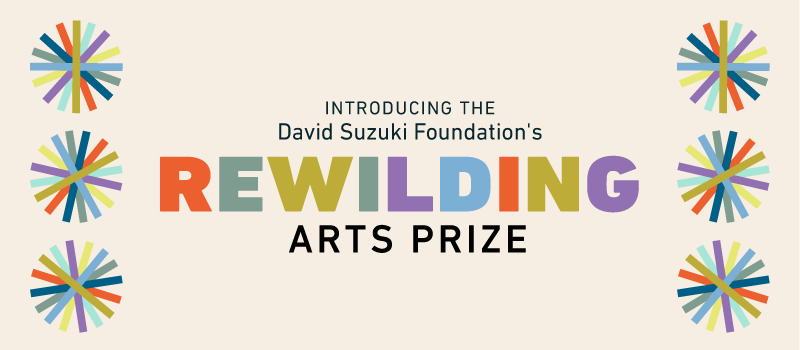
This article is part of a series on rewilding and the arts as part of the David Suzuki Foundation's inaugural Rewilding Arts Prize. Read more about the prize and the winners here:
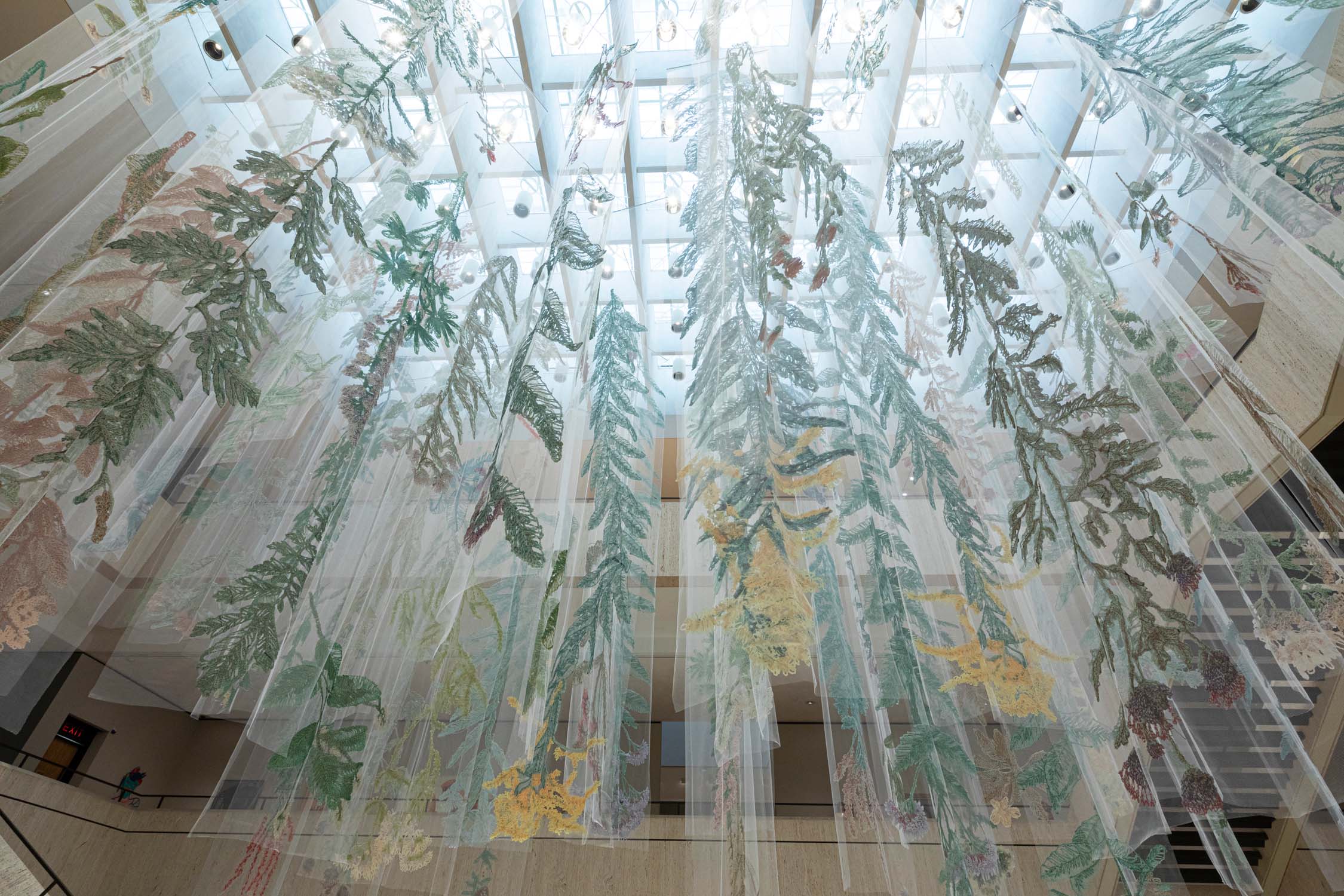





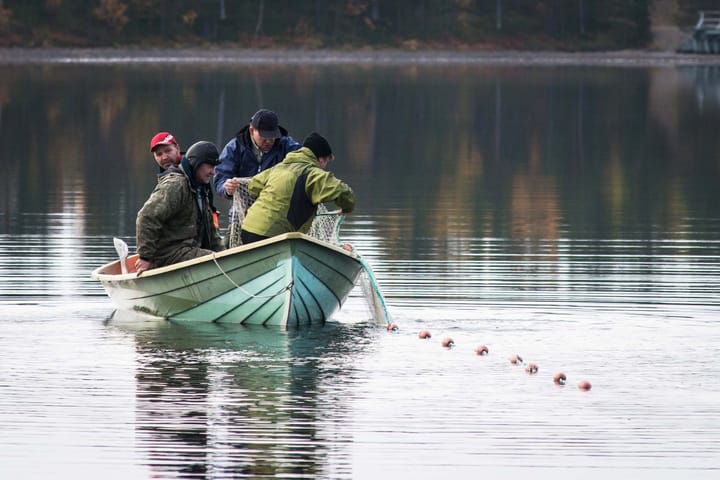


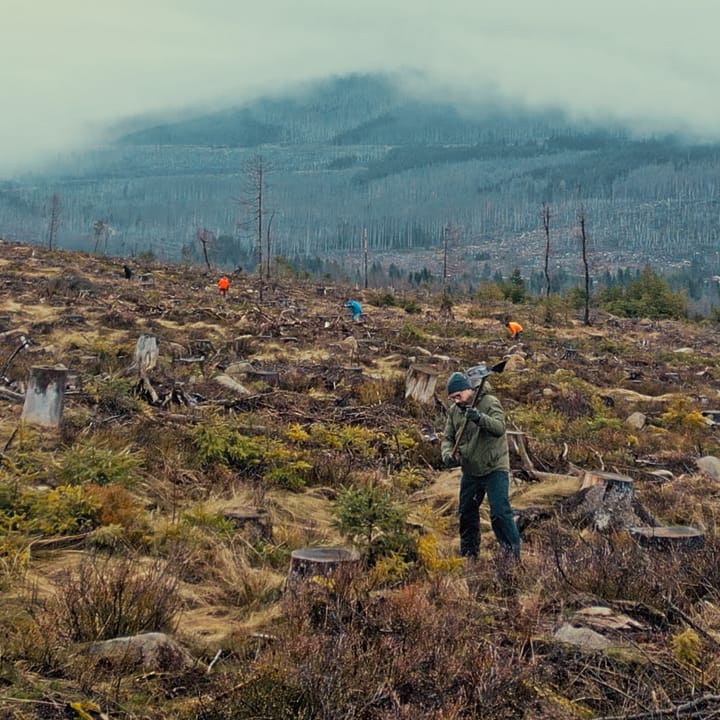
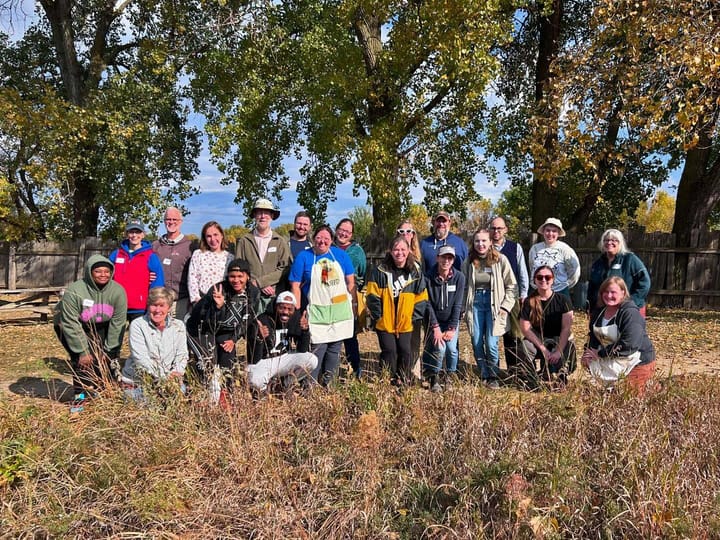
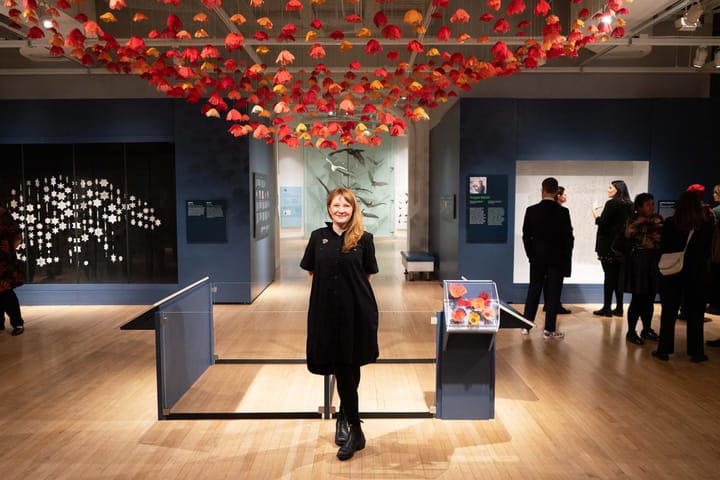
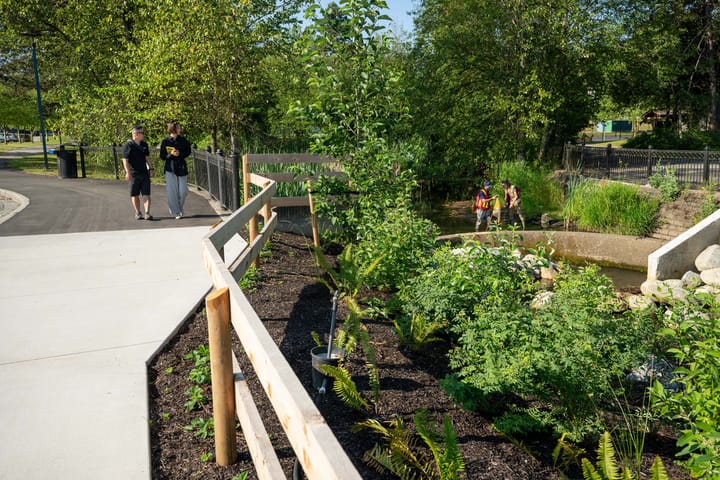
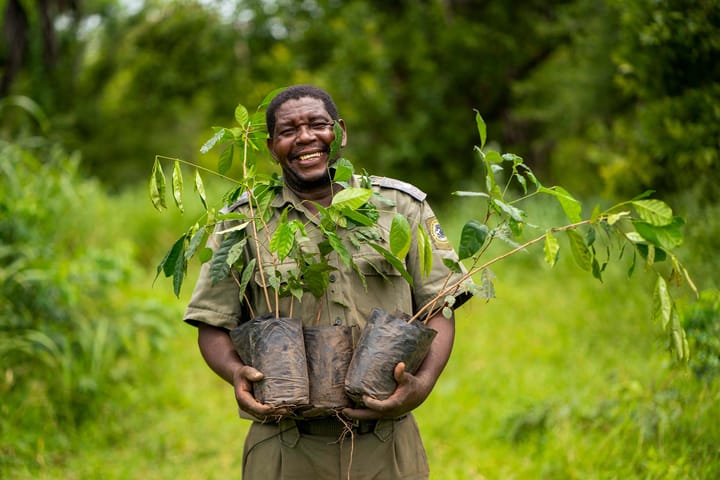
Comments ()